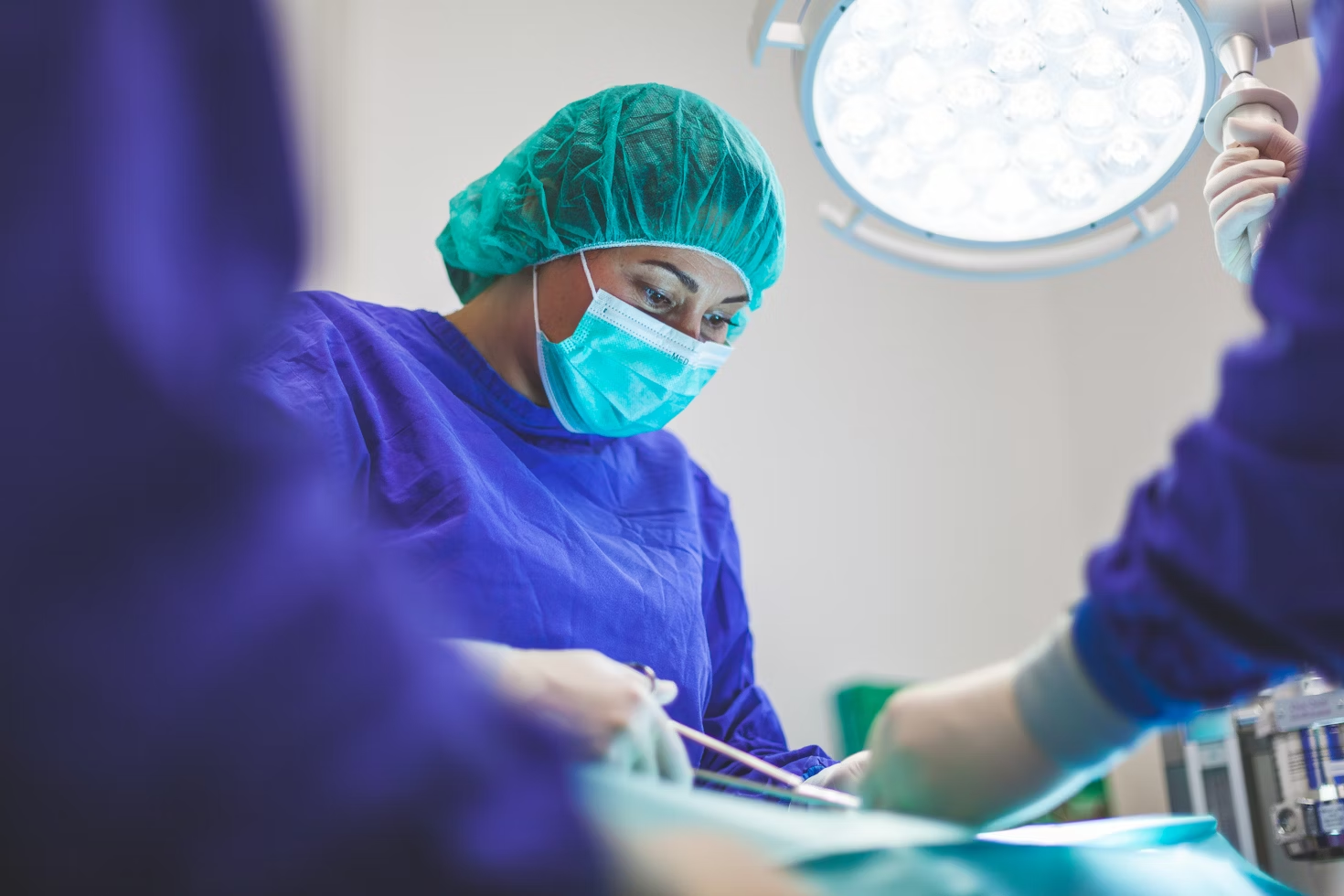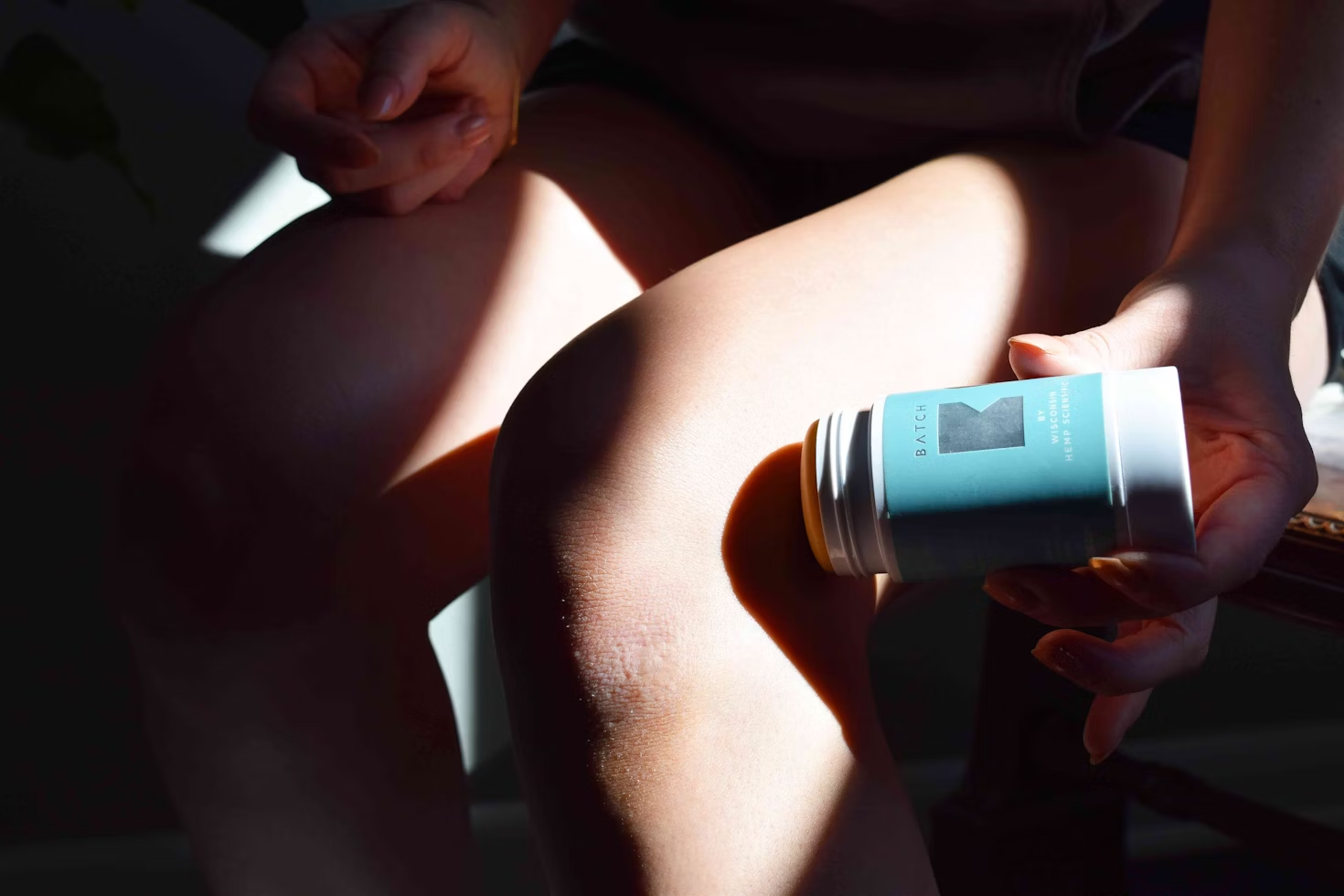Knee arthroplasty is a popular orthopedic surgery that is necessary to restore limb function. This is explained by the fact that the joints are subjected to heavy loads on a daily basis and can be injured through negligence. If the knee joint is injured, the supportability of the limbs deteriorates significantly, and severe pain appears, restricting movement. This procedure offers long-term success.
The majority of patients who undergo knee arthroplasty have severe arthritis. The goal is to feel relief from chronic, disabling pain. Pain can hinder them from performing the activities of daily living (ADL), disrupt sleep, and not alleviate with rest, medication, or any treatment prescribed. Signs may display significant bowing in or out of the knee and the inability to bend or straighten the knee properly.
Physiotherapy (PT) plays a vital role in post-surgical rehabilitation to restore knee function, mobility, and strength and promote quality of life. Clinics such as inertia physio provide high-quality therapeutic care, improving people’s lives. They offer various PT treatment therapies that guarantee a successful recovery.Â
Endoprosthetics allows one to restore the function of the musculoskeletal system and return a person the opportunity to live a full life.
Types of endoprosthetics:
– Single-slug construction
– Interpositional knee cartilage prosthesis
– Endoprosthesis on a movable base
– Associated prosthesis
– Special prosthesis (a specially made construction)
When is knee replacement required?
As a rule, this intervention is required for people who have the consequences of the following diseases:
– progressive pain syndrome;
– post-traumatic arthrosis;
– rheumatoid arthritis;
– degenerative-dystrophic diseases;
– pathologically fused bones;
– tumor formations near the joint;
– damaged ligamentous apparatus of the knee joint.

https://unsplash.com/photos/qLzWvcQq-V8
The essence of the intervention is that the joints of the femur and tibia are replaced with metal implants made of a special alloy, between which a special insert is placed, which is necessary to ensure sliding.
Among the contraindications for surgical intervention, it is worth noting:
– problems of the cardiovascular system;
– bacterial inflammation in the body;
– the presence of diseases associated with blood clotting;
– infectious processes.
How to prepare for the surgery?
An equally important stage in preparation for endoprosthetics. If competent rehabilitation after knee replacement is the most important component of the success of the intervention, then preparing for the surgery itself is an effective way to develop the joint and prepare it for stress. This is especially important for the elderly, in whom the healing process is slower. With the latter, the rehabilitation period is complicated by the presence of concomitant health problems. This is important to consider.
If you start developing your muscles even before surgery, the rehabilitation after the knee arthroplasty will be easier and faster. In addition, if the patient learns the technique of walking on crutches, masters the basic exercises of exercise therapy learn breathing exercises before the intervention, he or she will not have to master these skills in the difficult postoperative period.
The following exercises are suitable for strengthening the muscles:
– swimming in the pool;
– Nordic walking;
– exercise on a stationary bike;
– exercise for balance and coordination;
– gymnastics in the water.
These classes will also be relevant after the knee replacement surgery, during the rehabilitation period.
Moreover, you can start looking for furniture items from New York Furniture Outlets, which will make your life easier in the postoperative period.
Features of rehabilitation
To recover from knee arthroplasty, rehabilitation in a specialized center is required, where specialists can help the patient. Recovery takes a total of three months. An integrated approach to the selection of a rehabilitation program is of great importance.
Professionals will help the patient develop a general exercise therapy routine, select medications, and aid him or her in the first, most difficult days after surgery. After a certain time, the patient can return home and continue the recovery course on his own, or under the supervision of relatives, following the recommendations of a specialist.
Things to do during the first stage of recovery
After the intervention, the patient will be in the intensive care unit for several hours. Then he or she will be transferred to the hospital. At this stage, the implementation of the rehabilitation developed by a specialist should begin. This is necessary in order to maintain the body and prepare for a long recovery process. What is important at this stage?

https://unsplash.com/photos/2EIgQK1Je3E
– Breathing exercises.
– Elevation of the operated leg.
– The location of the roller between the limbs to avoid crossing them.
– Physiotherapy, which will relieve swelling, relieve pain, and accelerate healing.
– The administration of antibiotics, anticoagulants, anti-inflammatory drugs, and vitamin complexes.
– The treatment of the leg with antiseptics, dressing, and wound drainage.
It is allowed to get up and sit within 24-48 hours after the surgery if there are no complications. It is necessary to walk with crutches or walkers since it is strictly forbidden to completely transfer weight to the operated leg.
The first steps should be supervised by an instructor. Walking minutes are strictly limited. After 2-3 weeks, you can already walk for 20-30 minutes three times a day, and sit in one position for 20 minutes.
Late period rehabilitation program (after 3 weeks)
During this period, a series of more complex exercises are introduced to develop the knee joint after the surgery. It is necessary to walk more often: 4 times a day for 40-60 minutes. The support on the crutches remains, but more load can be gradually applied to the operated leg. Crutches can be completely abandoned only 8 weeks after surgery.
In addition, manual massage and exercise on a stationary bike (in a gentle way) should be added to the rehabilitation program. Also, a complex of therapy in an aquatic environment must be selected for the patient – this has a very beneficial effect on the restoration of motor functions. Aqua gymnastics also helps to regulate blood flow and metabolic processes, having a psychotherapeutic effect, charging you with optimism and faith in full recovery.
Life after surgery and recovery period
Exercises, therapy, gymnastics, training on simulators, massage, physiotherapy – all this should remain a part of your life forever. The number of procedures and frequency will be selected by your doctor. Your task is to monitor your health and not miss workouts and regular examinations. With properly organized physical activity, the endoprosthesis will last about 25 years.
The post-operative rehabilitation goals include – restoring function, flexibility, mobility, and strength. Cryotherapy and analgesics must be used to treat pain, which can cause increased blood pressure, sleep disruption, and irritability.Â
Most importantly, proper management is required to prevent post-surgery infections and complications.
You can increase its service life by observing the following rules:
- Do not lift objects weighing more than 15 kg;
- Do not squat, do not cross your legs, monitor your posture, move without sudden movements;
- Do not execute activities that involve sudden stopping and starting, such as playing hide and seek with your grandkids or brisk walking to get something
- Do not twist or pivot on the operated leg; take gentle and small steps while sweeping or vacuuming the floorÂ
- Do not climb flights of stairs – take an escalator or elevator instead; you may use the ground floor room at your house until you have fully healed
- Do not keep the operated knee in one position for an extended period – joints may stiffen, and muscles will atrophy
- Kneeling is highly prohibited until fully healed – you might have a hard time getting up independently or damage the injury site
- Ask for medical advice from an occupational or physical therapist on how to modify ADLsÂ
- Avoid traumatic situations;
- In case of any inflammation, consult a doctor and conduct therapy in a timely manner;
- Walk-in comfortable shoes;
- Observe the work and rest regime;
- Monitor body weight so as not to overload the musculoskeletal system;
- Do not play football, volleyball, hockey, and other traumatic games.
- Ask your physician or physical therapist before performing strenuous activities such as heavy lifting, pulling, or pushing.
Takeaway
Still, you can work out in the gym, pick up a set of exercises, do Nordic walking, swim, play tennis, ride a bike and walk a lot. These exercises will give you strength and rehabilitate your body!
Want to know more about this kind of surgery, read this article on How Robotic Technology Is Emerging As A Revolution.



Facebook Comments